Webflow vs Elementor: Final verdict
Webflow and Elementor both offer powerful website building tools, but they cater to different user needs and preferences.
Webflow (Overall Grade: 7.9/10)
is ideal for professional designers and businesses looking for a comprehensive solution to create custom, responsive websites. It excels in providing advanced design tools, a flexible CMS, and top-tier hosting services. When comparing Webflow vs Elementor, Webflow stands out for its superior website speed optimization, hosting quality, and customer support, making it a robust choice for users who need a high level of customization and reliability.
Elementor (Overall Grade: 7.4/10)
, on the other hand, is a popular choice for WordPress users who want to create and edit websites through a visual drag-and-drop interface. It offers extensive design functionalities, ease of use, and a wide range of templates and widgets. Considering Webflow vs Elementor, Elementor is particularly strong in design flexibility, AI capabilities, and plugin integrations, making it suitable for both beginners and professional web designers who prioritize ease of use and creative control.

|

|
|
|---|---|---|
Design functionalities & templates |
8.6 |
9.2 |
Ease of use |
7.5 |
8.8 |
Ecommerce |
8.5 |
7.6 |
Website Editors |
9.0 |
8.5 |
Product testing options |
6.3 |
5.6 |
Price |
8.0 |
8.0 |
Hosting quality |
8.9 |
7.8 |
Website speed optimization |
8.1 |
6.7 |
Plugins and integrations |
5.5 |
7.6 |
Marketing features |
7.8 |
7.8 |
Customer support |
8.3 |
7.2 |
Security |
7.8 |
9.1 |
AI capabilities |
8.3 |
7.4 |
User Management |
8.3 |
8.8 |
Which one is the best for ecommerce: Webflow or Elementor?
 8.5
8.5
 7.6
7.6
Verdict
: Webflow is ideal for those seeking a comprehensive, code-free ecommerce solution with extensive customization options, while Elementor excels in flexibility and integration with WordPress, making it suitable for users familiar with WooCommerce.
Webflow
: Webflow offers a robust ecommerce platform with features like checkout and payment processing through Stripe and PayPal, marketing and promotions, and tax and shipping calculations. It provides extensive customization options for product pages and a range of responsive templates. With a best for ecommerce score of 8.5, Webflow is well-suited for professional designers and businesses looking for a powerful, all-in-one solution.
Elementor
: As a WordPress plugin, Elementor integrates seamlessly with WooCommerce, offering customizable product pages, ecommerce widgets, and shopping cart customization. It supports various payment gateways and provides a range of ecommerce-specific templates. With a best for ecommerce score of 7.6, Elementor is ideal for users who prefer the flexibility and familiarity of WordPress and WooCommerce.
Which one is the best for informational and business websites?
 8.6
8.6
 8.9
8.9
Verdict
: When it comes to creating informational and business websites, Elementor slightly edges out Webflow due to its higher score and extensive range of templates and design functionalities. However, both platforms offer robust features that cater to different user needs.
Webflow
: Webflow is a powerful website builder and hosting platform designed for professional designers. It offers a comprehensive solution for creating custom, responsive websites with its flexible CMS and top-tier hosting services. Webflow’s design tools are highly regarded, making it a strong contender for those who need advanced customization and control over their website’s design. With a score of 8.6, Webflow is an excellent choice for users who are comfortable with a steeper learning curve and seek a professional-grade platform.
Elementor
: Elementor, a popular WordPress plugin, excels with its user-friendly drag-and-drop interface and extensive range of widgets and templates. Scoring 8.9, Elementor is ideal for both beginners and professional web designers who want to create and customize websites without writing code. Its flexibility and integration with various WordPress themes and plugins make it a versatile choice for informational and business websites. Elementor’s higher score and ease of use make it the preferred option for those prioritizing simplicity and design variety in the Webflow vs Elementor comparison.
Webflow vs Elementor: Detailed comparison
Design functionalities & templates
Design FunctionalitiesRepresents how well each platform allows for creative design and customization of websites.Score Components:
- Template Variety (30%): Range and quality of design templates.
- Customization (30%): Flexibility and options for design alterations.
- User Interface (20%): Ease and intuitiveness of the design process.
- Responsiveness (10%): Adaptability to different devices and screen sizes.
- Innovation (10%): Unique design features and tools.
 8.6
8.6
 9.2
9.2
🏆
Winner: Elementor.
If you’re looking for a platform that offers more creative control, a wider range of templates and designs, and a higher Design Functionalities Templates score, Elementor is the preferred choice.
Webflow delivers a robust design experience with a diverse range of template and customization options. Boasting over 1000 pre-built templates covering various industries and website types, Webflow ensures a constantly evolving library for users. The design customization features include a visual drag-and-drop editor for real-time adjustments, fine-grained control over every aspect of the design, and the ability to inject custom code for advanced users seeking additional personalization and unique functionalities.
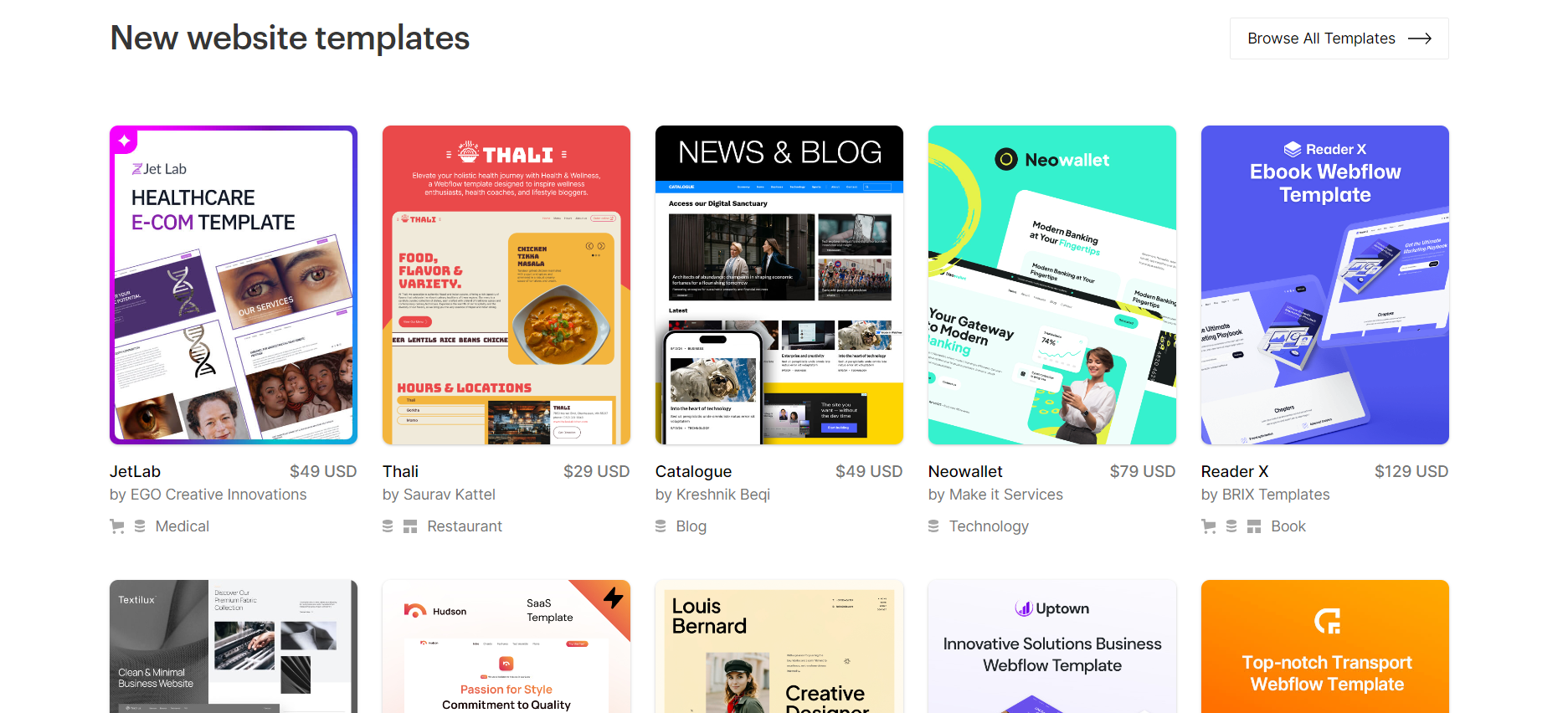
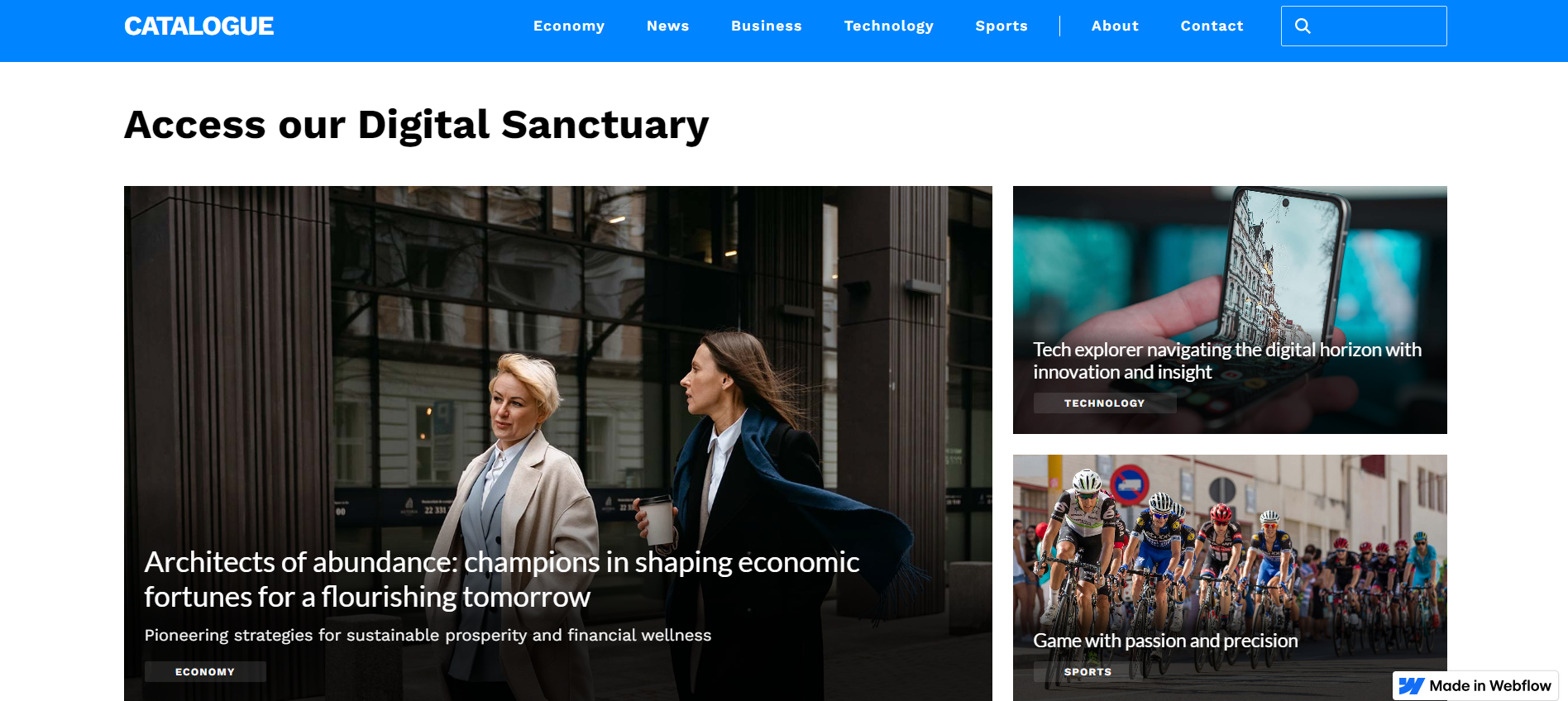
Compared to Webflow, Elementor offers an extensive range of templates and designs, with over 100 responsive website kits covering various categories like business, creative, education, and more, directly available through Elementor’s platform. Additional sources like Envato Elements, Template Monster, and others provide a wider selection, including free and premium options, catering to diverse web design needs. These templates are designed to be user-friendly, facilitating easy customization and quick website development across different sectors.
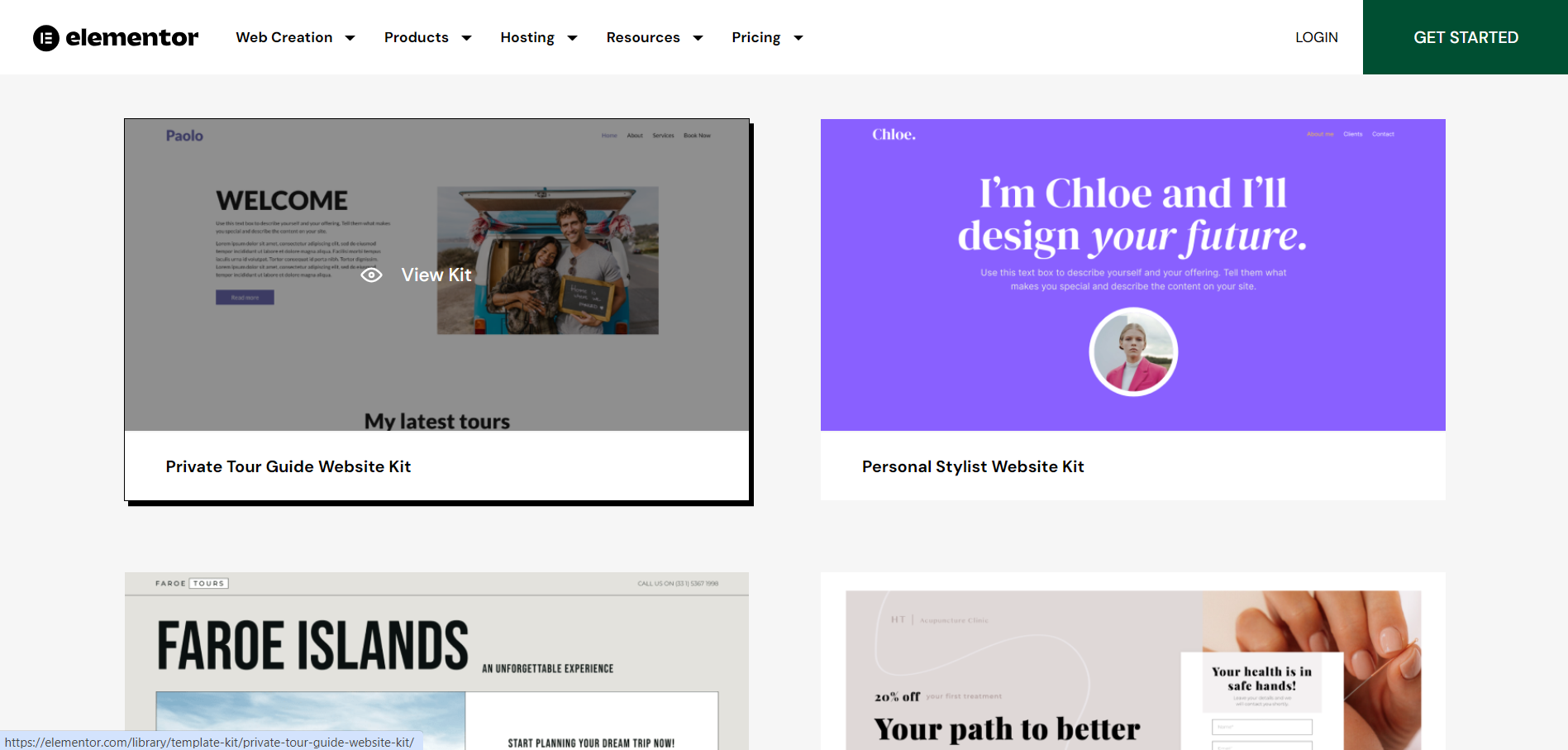
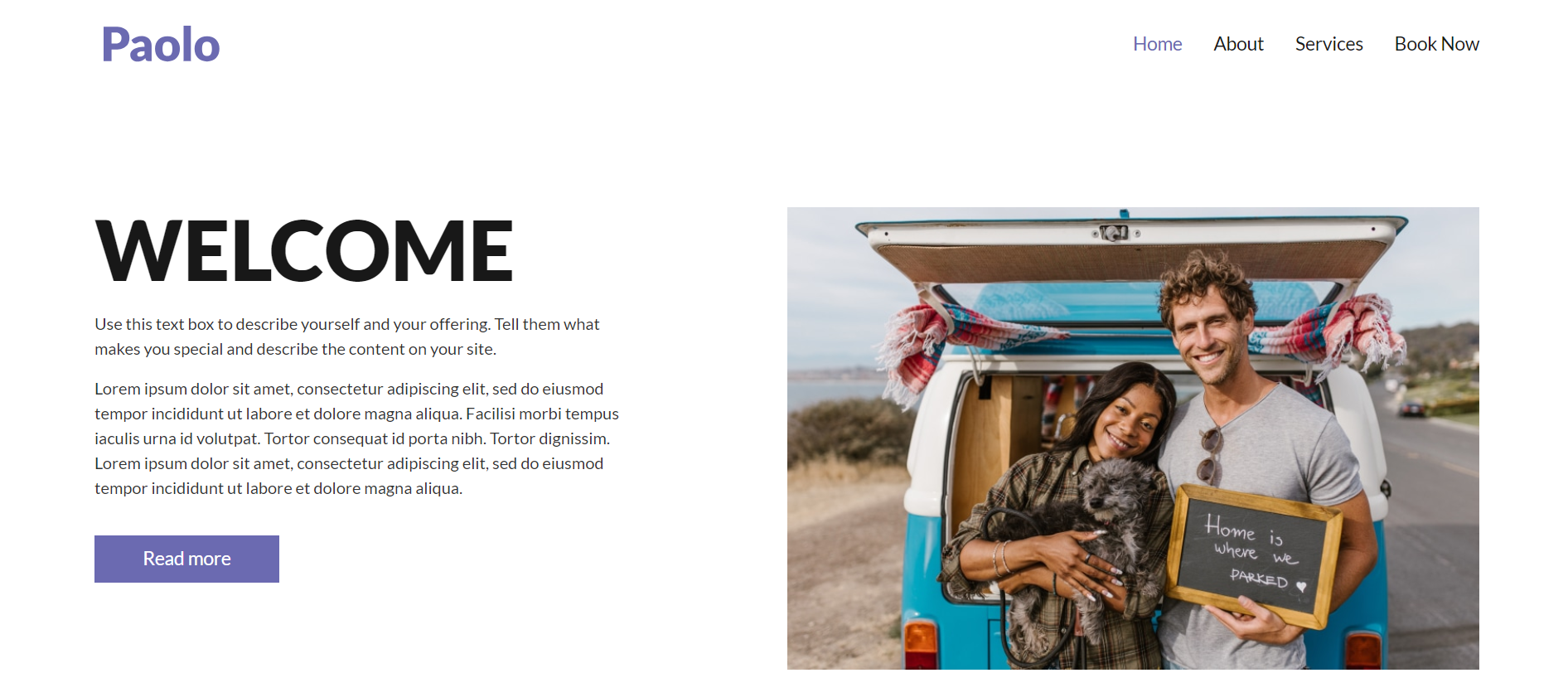
Get a head start on website creation with AI
Create a custom website tailored to your business needs 10X faster with 10Web AI Website Builder!
Ease of use
Ease of useReflects the platform’s overall user-friendliness.Score
Components:
- Learning curve (40%): Quickness and ease of getting started.
- Interface design (30%): Simplicity and intuitiveness of layout.
- User guidance (20%): Quality of tutorials and support.
- Flexibility (10%): Adaptability to various user skills.
 7.5
7.5
 8.8
8.8
🏆 Winner: Elementor
. With a score of 8.8, Elementor is known for its user-friendly interface and drag-and-drop functionality, making it easy for both beginners and professionals to create websites. Webflow, scoring 7.5, offers a visually intuitive interface but has a steeper learning curve, especially for beginners. If ease of use is a priority, Elementor is the clear winner in this category.
Learning Resources
🏆 Winner: Tie
. Both Webflow and Elementor offer comprehensive learning resources. Webflow provides diverse courses and tutorials through Webflow University and its YouTube Channel, while Elementor offers an extensive array of learning materials through its Elementor Academy. Both platforms also have thriving communities where users can seek assistance and connect with peers.
For ecommerce
EcommerceMeasures the platform’s effectiveness in supporting online business activities.Score Components:
- Ecommerce themes and templates (20%): Variety and design of templates.
- Product management (25%): Ease of managing and organizing products.
- Payment options (25%): Variety and convenience of payment methods.
- Ecommerce features (20%): Features for managing an ecommerce store.
- Integration (10%): Compatibility with external e-commerce tools and services.
 8.5
8.5
 7.6
7.6
Webflow and Elementor both offer robust ecommerce capabilities, but they cater to different needs and preferences. Webflow is a comprehensive solution for creating custom, responsive websites and online stores, offering features like easy store creation without coding, extensive customization options, product management with variations, inventory tracking, and integration with major payment gateways.
On the other hand, Elementor, a popular website builder plugin for WordPress, offers robust ecommerce capabilities through its seamless integration with WooCommerce, providing customizable product pages, a variety of ecommerce-specific widgets, and responsive design templates for building online stores.
 |
 |
|
|---|---|---|
Ecommerce themes and templates |
7.5 |
7.8 |
Product page customization |
8.3 |
8.4 |
Payment processing and commissions |
7.8 |
7.5 |
POS capabilities |
6.5 |
5.5 |
Payment gateways |
8.0 |
7.0 |
Product numbers |
7.0 |
7.0 |
Additional ecommerce features |
7.9 |
8.0 |
Webflow ecommerce features:
- Checkout and Payment Processing with Stripe, PayPal, etc.
- Marketing and Promotions
- Tax and Shipping calculations
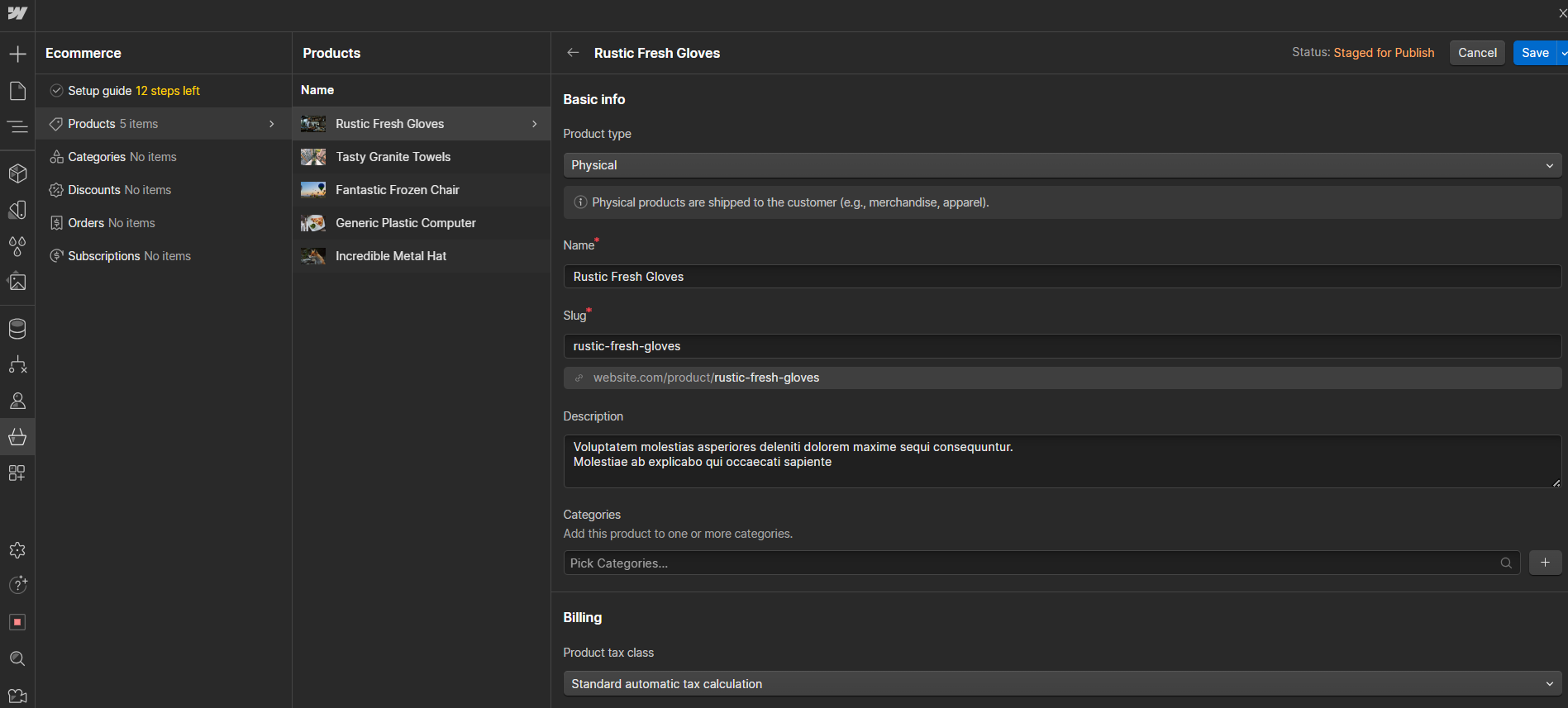
Elementor ecommerce features:
- WooCommerce Integration
- Customizable Product Pages
- Ecommerce Widgets
- Product Categories and Filters
- Shopping Cart Customization
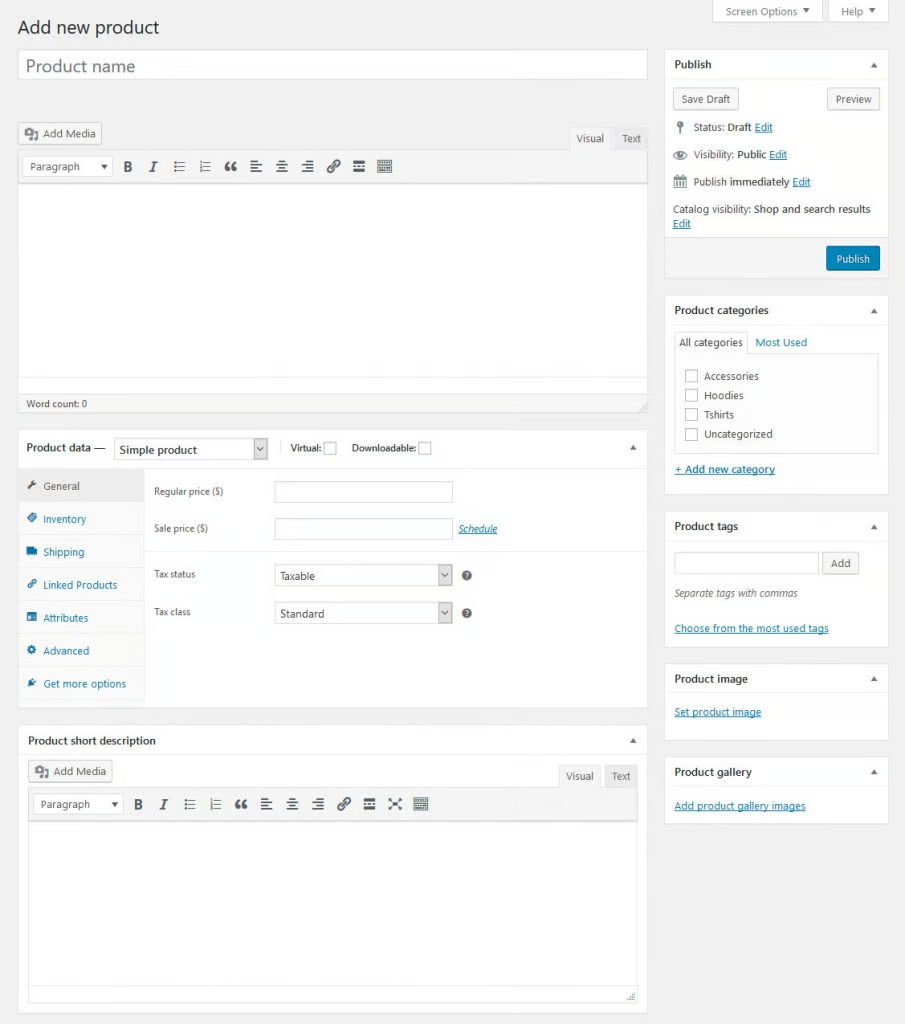
Ecommerce themes & templates
Webflow offers a diverse range of ecommerce themes and templates designed to cater to various types of online stores. Each template comes equipped with built-in ecommerce functionality, allowing you to easily add products and manage your store without the need for coding.
Elementor, on the other hand, offers a diverse range of ecommerce-specific templates suitable for various online stores, from free options for budget-conscious users to premium templates with advanced customization features. These templates are designed to be mobile-responsive and SEO-friendly, ensuring optimal performance across devices and search engines.
Product page customization
Webflow offers extensive customization options for eCommerce product pages, allowing users to design and personalize their pages without coding. It provides tutorials for creating product pages from scratch, offers responsive templates for various devices, and allows users to add custom code and dynamic content using Webflow’s CMS for maximum customization flexibility.
Elementor offers extensive customization options for WooCommerce product pages, including custom layouts, WooCommerce widgets for various product elements, and options for styling product galleries and ‘Add to Cart’ buttons. It allows for the display and customization of product variants, although the number of variants is technically limited by WooCommerce, not Elementor.
Payment processing
Webflow provides a flexible and secure platform for payment processing and ecommerce through integrations with leading payment gateways like Stripe and PayPal. This allows users to accept a wide range of payments, including credit card transactions directly from their websites.
Elementor supports several payment gateways, notably through plugins and integrations, with Stripe and PayPal being prominent options for simple and widespread use. These gateways charge their own transaction fees, typically around 2.9% + $0.30 per transaction, but Elementor itself does not impose additional fees for transactions.
Website Editors
Website EditorsEvaluates the platforms’ website building and editing capabilities.Score Components:
- Customization tools (40%): Range and power of editing features.
- Editor usability (30%): User experience within the editor.
- Design flexibility (20%): Freedom in layout and design changes.
- Update and maintenance ease (10%): Simplicity of updating and maintaining the site.
 9.0
9.0
 8.5
8.5
🏆
Winner: Webflow
. With a score of 9.0, Webflow’s editor is praised for its intuitive visual interface that simplifies the process of designing and editing responsive websites without requiring deep technical knowledge. It offers a perfect blend of ease of use for beginners and the flexibility for more advanced users, enabling significant cost savings by allowing users to customize and manage their sites without hiring professionals.
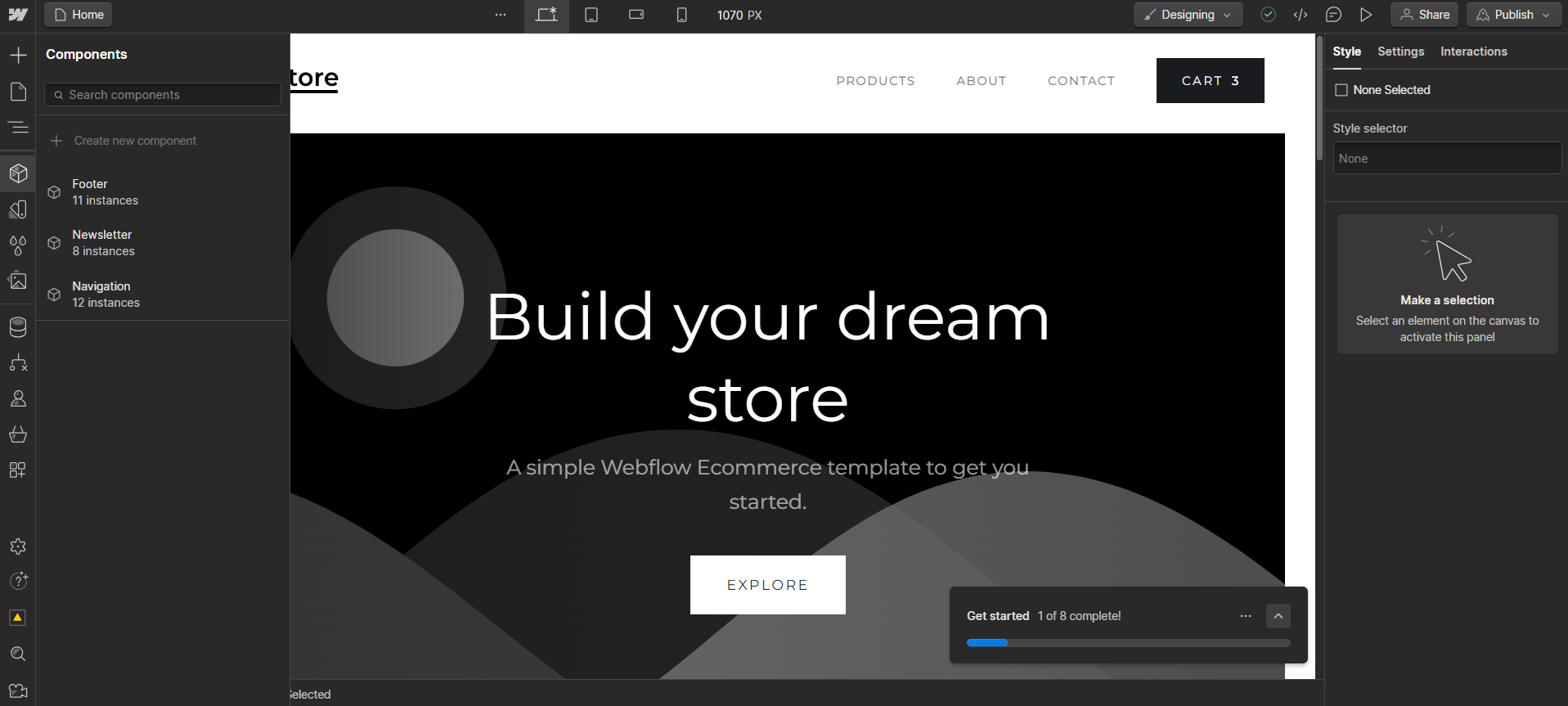
Elementor’s editor, scoring 8.5, provides an intuitive drag-and-drop interface that allows users to create and customize their WordPress sites without needing to code. The platform offers both a free version for basic website building and a Pro version with advanced features for more complex designs. While Elementor is accessible for beginners, it also includes detailed customization options and features that may require a learning curve to fully exploit.
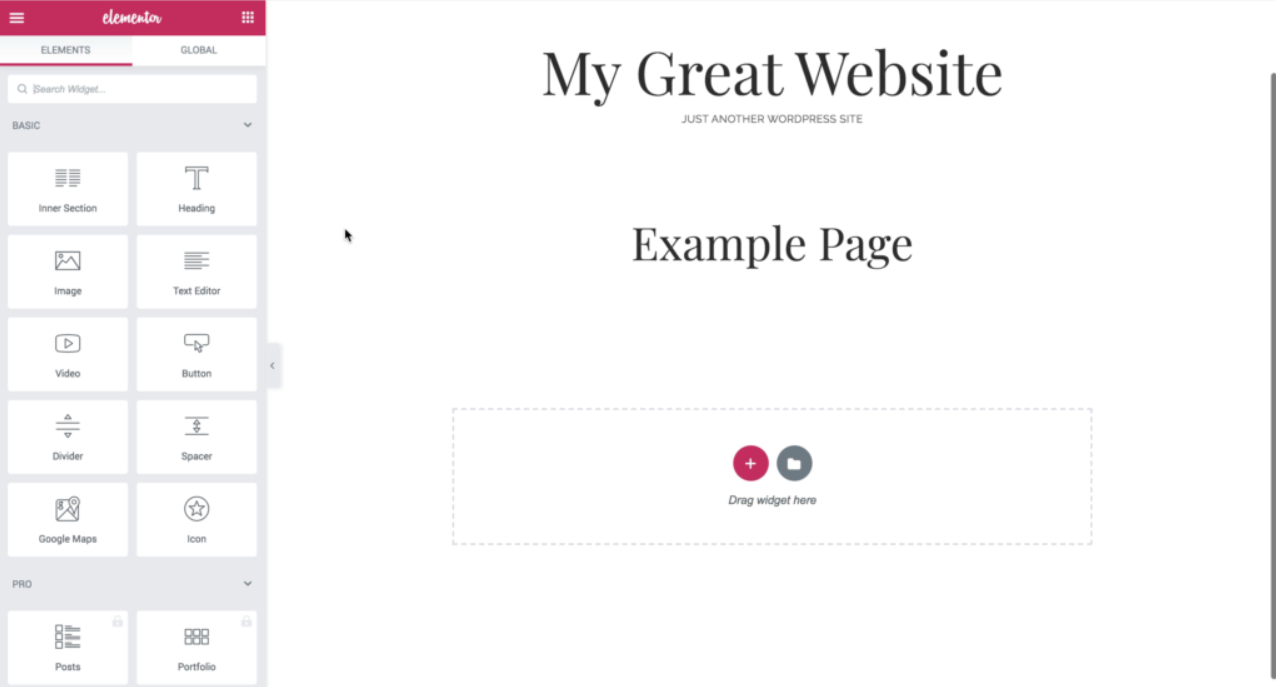
Mobile editor/app
 7.0
7.0
 0
0
🏆
Winner: Webflow
. Both Webflow and Elementor lack an official mobile editor. However, Webflow has a third-party app called EditFlow, created by a community member for Webflow users. Currently, the app is only available for iOS. This app allows users to make edits to their Webflow sites from their mobile devices, providing some level of mobile editing capability.
On the other hand, Elementor does not have a dedicated mobile editor or app, meaning users cannot edit their Elementor sites from a mobile device. This lack of mobile editing capability is a significant drawback for Elementor, especially for users who need to make quick edits on the go.
In summary, while neither platform offers a robust mobile editing experience, Webflow comes out ahead due to the availability of the third-party EditFlow app.
Product testing options
Product Testing OptionsAssesses the options for trying out platform features before commitment.Score Components:
- Trial quality (40%): Extent and usefulness of the trial or free version.
- Feature accessibility (30%): How many features are available to test.
- Trial duration (20%): Length of the trial period.
- Ease of transition (10%): Smoothness of moving from trial to paid plans.
 6.3
6.3
 5.6
5.6
Overall Result
:
Webflow wins
. Webflow scores 6.3, slightly higher than Elementor’s 5.6 in product testing options. Webflow offers a free version where users can test some basic features. On the other hand, Elementor also provides a free version, but only for self-hosted WordPress.org. It allows users to test all the premium features during the refundable period. However, Elementor does not offer a trial version, unlike Webflow.
 |
 |
|
|---|---|---|
Free Plan |
Yes | Yes, but only for self-hosted WordPress.org |
Trial Duration |
No | No |
Testing Premium Features |
Some basic features with free plan | All features during refundable period |
Money Back Guarantee |
No | 30-day money back guarantee |
Price
PriceLooks at the cost-effectiveness and value for money of each platform.Score Components:
- Plan value (40%): What each pricing tier offers.
- Transparency and clarity (30%): Clearness of pricing structures.
- Flexibility of plans (20%): Range of options to suit different budgets.
- Hidden costs (10%): Additional expenses not included in the plan.
 8.0
8.0
 8.0
8.0
Webflow and Elementor both score equally in terms of price, offering a similar value for money.
Webflow offers a wider range of plans, including a free starter plan and an enterprise plan with custom pricing. Elementor, on the other hand, offers four plans, all billed annually, and does not have an enterprise plan.
| Price range |

|

|
|---|---|---|
Free |
Starter (Free): Limited features for new sites, including 2 static pages and 50 form submissions lifetime. |
No offering at this amount. |
$0-$10 |
No offering at this amount. |
Basic ($9.99/month): 1 website, with 10GB SSD storage, 25k monthly visitors, 30GB monthly bandwidth, daily auto backups stored for 14 days, Cloudflare CDN, and integrated caching tool Value for price: 6.5 |
$10-$20 |
Basic ($18/month): Suitable for simple sites with a custom domain, including basic SEO controls and 500 monthly form submissions. And 100 pages. Value for price: 6.5 |
Business ($19.99/month): 1 website, with 20GB SSD storage, 50k monthly visitors, 50GB monthly bandwidth, daily auto backups stored for 30 days, Cloudflare CDN, integrated caching tool and access to staging environment Value for price: 7.5 |
$20-$30 |
CMS ($29/month): For content-driven sites with 2,000 CMS items, 1,000 monthly form submissions, and full API access. And 150 website pages. Value for price: 7.5 |
Grow ($22.99/month): 3 websites, with 30GB SSD storage, 75k monthly visitors, 75GB monthly bandwidth, daily auto backups stored for 30 days, Cloudflare CDN, integrated caching tool, access to staging environment and site cloning Value for price: 8.5 |
$40-$45 |
Standard ($42/month): For new businesses with up to 500 ecommerce items, includes basic ecommerce features, and 2% transaction fee Value for price: 8.5 |
No offering at this amount. |
$45-$50 |
Business ($49/month): High traffic capacity, advanced features like site search, and up to 10 content editors. Value for price: 8.0 |
Scale ($49.99/month): 10 websites, with 40GB SSD storage, 100k monthly visitors, 100GB monthly bandwidth, daily auto backups stored for 30 days, Cloudflare CDN, integrated caching tool, access to staging environment and site cloning Value for price: 9.0 |
$80-$90 |
Plus ($84/month): Higher volume businesses with 0% transaction fees, up to 5,000 ecommerce items, and advanced features. Value for price: 9.0 |
No offering at this amount. |
$200+ |
Advanced ($235/month): Scalable solution for large online stores with up to 15,000 ecommerce items and the highest caps and 0% transaction fees. Value for price: 9.5 |
No offering at this amount. |
location. As a result in rare cases the prices displayed here can differ from the ones you see on their
websites.
Hosting quality
Hosting
qualityExamines the reliability and performance of the hosting solutions.Score Components:
- Uptime (40%): Consistency and reliability of website availability.
- Speed (30%): Loading times and performance.
- Bandwidth and storage (20%): Sufficiency of resources provided.
- Data centers (10%): Quality and distribution of hosting infrastructure.
 8.9
8.9
 7.8
7.8
🏆
Winner: Webflow
Webflow offers managed hosting with a 99.99% uptime, and it leverages a globally distributed network of data centers from Amazon Web Services (AWS) and Fastly. On the other hand, Elementor provides managed WordPress hosting with a 99.9% uptime and has one data center in Belgium. Although both platforms offer reliable hosting services, Webflow’s superior uptime and extensive network of data centers give it an edge over Elementor.
 |
 |
|
|---|---|---|
Do they offer hosting? |
Yes, included in all paid plans |
Yes, included in all paid plans |
Data Centers: |
Webflow doesn’t actually have its own data centers. Instead, it relies on a globally distributed network of data centers from Amazon Web Services (AWS) and Fastly |
1 data center in Belgium |
Type of hosting: |
Managed Hosting |
Managed WordPress Hosting |
Uptime: |
99.99% |
99.9% |
Uptime Guarantee: |
Only Enterprise plan, 99.99% |
Yes, 99.9% |
Website Speed Optimization
Website Speed OptimizationEvaluates optimization of website loading timesScore Components:
- PageSpeed Score (30%): Google’s score indicating performance optimization.
- Loading Time (30%): The average time until a website is fully interactive.
- Mobile Optimization (15%): Optimization effectiveness for mobile devices.
- Resource Optimization (15%): Optimizing images, scripts, and other heavy resources.
- CDN Usage (10%): Use of CDN to enhance speed across geolocations.
 8.1
8.1
 6.7
6.7
🏆 Winner: Webflow
Both Webflow and Elementor have strategies for website speed optimization, but Webflow provides more detailed information and has a higher website speed optimization score.
 |
 |
|
|---|---|---|
Focus |
Custom Cache Settings, Custom Element Lazy Loading, Automatic Minification, Responsive templates, CDN |
Lazy Loading, Code Minification, Caching, CDN |
Performance Tools |
Google Lighthouse, PageSpeed Insights |
Google PageSpeed Insights Integration |
Key Strategies |
Custom Cache Settings, Custom Element Lazy Loading, Automatic Minification, Responsive templates, CDN |
Lazy Loading, Code Minification, Caching, CDN |
Load Times |
Below 2 seconds average |
Varies depending on optimization and website complexity |
Page Speed Scores Range |
77.2/100 |
Varies depending on optimization and website complexity |
Core Web Vitals Improvement |
Improving components’ usability, and emphasis on LCP, FID and CLS |
Does not disclose any information |
Webflow’s approach to enhancing site speed includes custom cache settings, custom element lazy loading, automatic minification, responsive templates, and a content delivery network (CDN). It has an average load time of below 2 seconds and a PageSpeed score of 77.2/100. Webflow also focuses on improving components’ usability and emphasizes on Largest Contentful Paint (LCP), First Input Delay (FID), and Cumulative Layout Shift (CLS) for Core Web Vitals improvements.
On the other hand, Elementor’s strategies for speed optimization include lazy loading, code minification, caching, and a CDN. However, its load times and PageSpeed scores vary depending on optimization and website complexity. Elementor does not disclose any information about its Core Web Vitals improvements.
Get a head start on website creation with AI
Create a custom website tailored to your business needs 10X faster with 10Web AI Website Builder!
Plugins and integrations
Plugins and integrationsMeasures the range and effectiveness of additional plugins and integrations.Score Components:
- Variety of options (40%): Range of available add-ons.
- Integration smoothness (30%): Ease of integrating plugins into the site.
- Quality of plugins (20%): Functionality and reliability of the options.
- Custom integration capabilities (10%): Support for custom or third-party integrations.
 5.5
5.5
 7.6
7.6
🏆 Winner: Elementor.
With a score of 7.6, Elementor outperforms Webflow, which scores 5.5. Elementor offers a wide range of both free and premium add-ons, providing advanced features such as theme building, dynamic content, and extensive widget libraries. On the other hand, Webflow doesn’t have plugins or extensions in the traditional sense, but it does offer a built-in library of website elements and functionalities and integrates with a number of third-party services and tools. Elementor’s flexibility and the ability to customize every detail on a webpage give it the upper hand in this category.
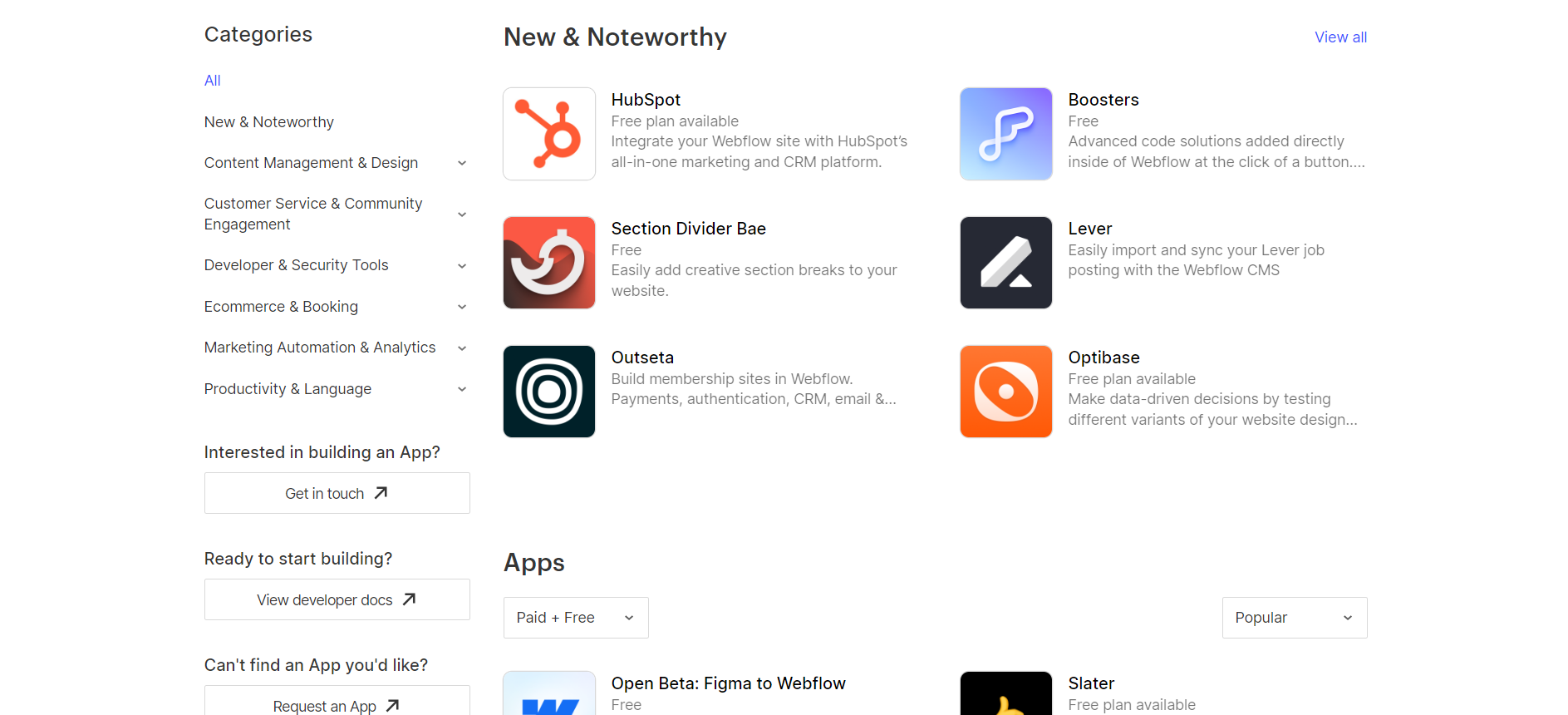
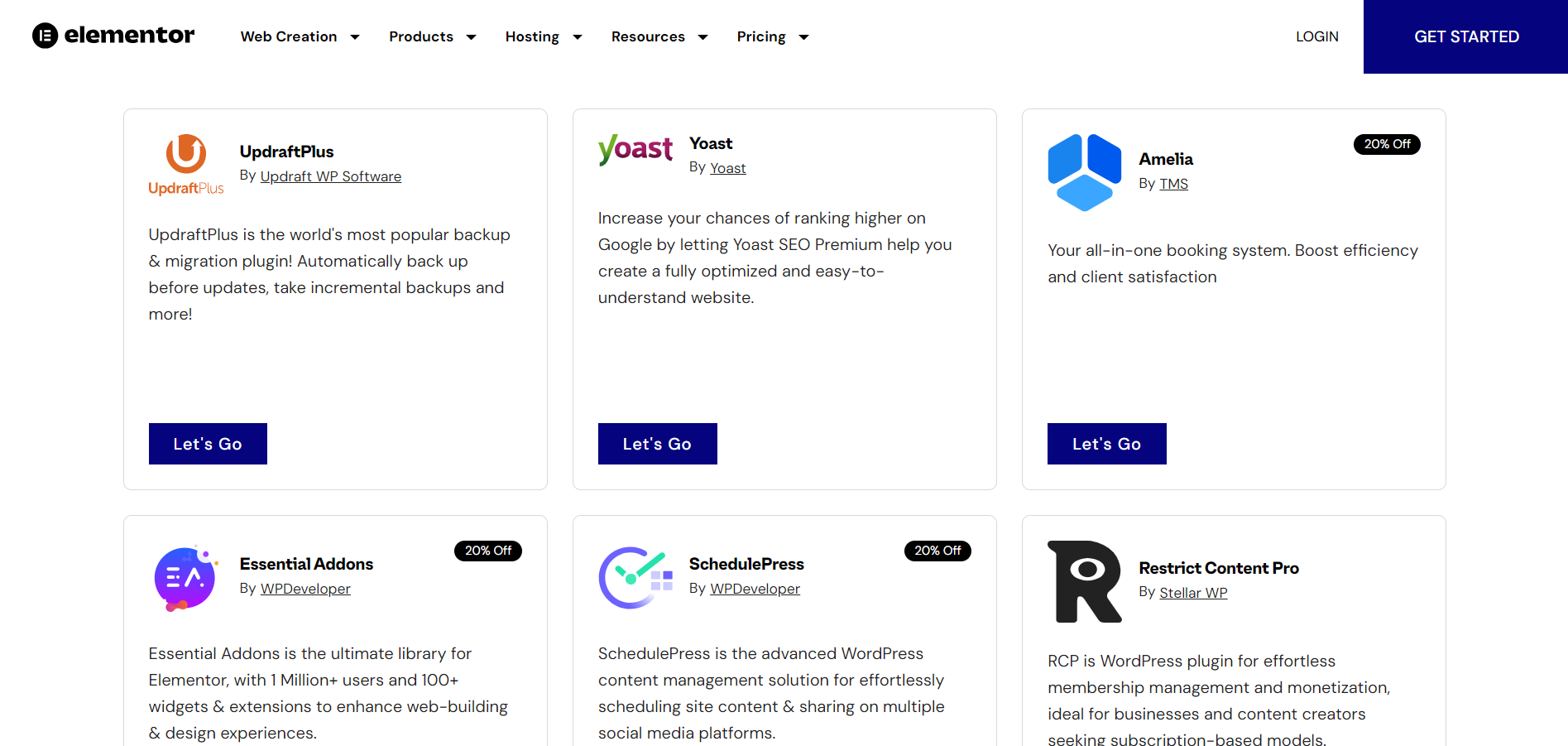
Marketing Features
Design FunctionalitiesRepresents how well each platform allows for creative design and customization of websites.Score Components:
- Template Variety (30%): Range and quality of design templates.
- Customization (30%): Flexibility and options for design alterations.
- User Interface (20%): Ease and intuitiveness of the design process.
- Responsiveness (10%): Adaptability to different devices and screen sizes.
- Innovation (10%): Unique design features and tools.
 7.8
7.8
 7.8
7.8
🏆
Overall Winner: Tie
. Both Webflow and Elementor have a strong set of marketing features, making them both excellent choices for businesses looking to enhance their online presence.
 |
 |
|
|---|---|---|
SEO Tools |
||
Email Marketing |
||
Blogging |
||
Social Media Integration |
Simplifies content sharing and audience engagement on major social platforms |
Integration of social media buttons |
Analytics and Reporting |
Integrates with Google Analytics for comprehensive web traffic and behavior analysis |
Integration of Google Analytics |
Ads and Promotions |
Supports ad and promotion management through integration with platforms like Google Optimize |
Yes |
Customer Support
Customer supportEvaluates the quality and availability of support options.Score Components:
- Response time (40%): Speed of support responses.
- Support quality (30%): Effectiveness and helpfulness of the support.
- Availability (20%): Range of support channels (phone, chat, email).
- Resource richness (10%): Quality of self-help and educational materials.
 8.3
8.3
 7.2
7.2
🏆 Winner: Webflow
. In the Webflow vs Elementor comparison, Webflow takes the lead with a customer support score of 8.3. Webflow offers 24/7 support through live chat, email, and a community forum, ensuring users can get help whenever they need it. Additionally, Webflow provides extensive documentation and video tutorials, making it easier for users to navigate the platform and resolve issues independently.
Elementor, with a customer support score of 7.2, also provides 24/7 support via ticketing and live chat. However, it lacks the extensive documentation and community resources that Webflow offers. While Elementor’s support is reliable, it doesn’t quite match the comprehensive and readily accessible support system provided by Webflow.
Security
SecurityLooks at the platforms’ security measures and data protection.Score Components:
- Data protection (40%): Safeguards for user and customer data.
- SSL and encryption (30%): Implementation of secure connections.
- Compliance (20%): Adherence to industry security standards.
- Regular updates (10%): Frequency of security updates and patches.
 7.8
7.8
 9.1
9.1
🏆
Winner: Elementor
. Elementor’s commitment to security is evident in its robust hosting features, use of Google Cloud Platform’s C2 servers, integration with Cloudflare’s Enterprise CDN, and ISO 27001 certification. The platform also runs a proactive Bug Bounty program, demonstrating its dedication to continuous security improvement.
Webflow, while offering solid security measures such as SSL encryption, regular security audits, and two-factor authentication, does not match the advanced features and certifications that Elementor provides.
AI Capabilities
AI capabilitiesMeasures the effectiveness of AI-driven features and tools.Score Components:
- Automation efficiency (40%): Impact of AI on streamlining processes.
- Personalization (30%): AI-driven customization for users or customers.
- AI-Assisted design (20%): Role of AI in website design and functionality.
- Data analysis (10%): Use of AI in interpreting user data and analytics.
 8.3
8.3
 7.4
7.4
 |
 |
|
|---|---|---|
AI Builder |
Integrated AI builder from version 3.13 |
|
AI Ecommerce Features |
AI-driven features for eCommerce websites |
|
AI Content Generation |
AI content generation capabilities |
|
Additional AI Features |
Announced plans for AI features |
Integration of third-party AI plugins |
🏆 Winner: Elementor
. Elementor, with a score of 7.4, has an integrated AI builder that offers a range of features including content generation, ecommerce features, and the ability to integrate third-party AI plugins. This makes Elementor a more versatile and efficient tool for website creation.
Webflow, despite scoring higher at 8.3, does not currently have an AI builder. However, they have announced plans to introduce one in the future, which will include features such as smart suggestions for design elements and layouts, and AI-powered content management capabilities. Until these features are introduced, Elementor remains the superior choice in terms of AI capabilities.
User Management
User ManagementAssesses the platforms’ capabilities in managing user roles, permissions, and accessibility.Score Components:
- Role Customization (40%): Flexibility in creating and defining user roles and
permissions. - Ease of Management (30%): User interface and tools for managing users.
- Access Control (20%): Effectiveness of access control measures for different user
levels. - Scalability (10%): Ability to manage a growing number of users efficiently.
 8.3
8.3
 8.8
8.8
🏆 Winner: Elementor
. Both Webflow and Elementor offer different approaches to user management.
- Webflow’s user management varies by plan, with Core, Growth, and Enterprise plans offering unlimited editors, while others limit content editors to 3 or 10 per site. Access levels include Designer for full access and Editor for content editing.
- Elementor’s user management is based on the roles and permissions set within WordPress, as Elementor operates on WordPress. Administrators have full access to edit any part of the site, including Elementor settings, while Editors can manage posts and pages made with Elementor. Authors and Contributors have limited capabilities, with the former being able to manage their own posts.
Webflow User Roles and Access Levels:
| Role | Description | Access Highlights |
|---|---|---|
| Workspace Owner | Full control over Workspace settings and member management. | Edit settings, manage billing, access/edit all sites, invite/remove members, manage permissions. |
| Workspace Admin | Similar to the owner with some restrictions. | Edit settings, manage billing, access/edit all sites, invite/remove members (except owner), manage permissions. |
| Workspace Member | Limited control focused on site interaction. | Download invoices, access/edit sites, invite members. |
| Workspace Guest | Temporary collaborators with limited access. | Access/edit sites. |
| Workspace Commenter | Limited to commenting for feedback on sites. | Create/view/resolve comments, preview sites. |
| Site Admin | Full control at the site level. | Manage permissions, delete/transfer sites, billing management, design and publish changes. |
| Can Design | Design capabilities with some restrictions on publishing. | Design in Designer, create/modify classes and components, publish changes with permission. |
| Can Design (Limited) | Restricted design capabilities for Enterprise customers. | Create new classes, modify created classes, limited publishing capabilities. |
| Can Edit | Content editing without full design privileges. | Edit text/links/images, manage assets, publish Collection items and Ecommerce products. |
| Can Comment (Site Level) | Commenting for feedback at the site level. | Create/view/resolve comments, preview sites. |
Elementor User Roles and Access Levels:
| Role | Description | Access Highlights |
|---|---|---|
| Administrator | Users with full access to all administration features, including Elementor settings. | Can edit all content, Access to Elementor settings, Can install plugins and themes, Can manage users |
| Editor | Users who can manage and publish content including pages and posts. | Can edit pages/posts created with Elementor, Cannot access Elementor settings, Can manage categories, tags, and links, Can moderate comments |
| Author | Users who can publish and manage their own posts. | Can create posts with Elementor, Cannot edit pages, Limited access to media library, Cannot access Elementor settings |
| Contributor | Users who can write and manage their own posts but cannot publish them. | Can create content with Elementor, Cannot publish or edit pages, No access to Elementor settings, Submissions require review by higher-level roles |
Additional Features
 |
 |
|
|---|---|---|
SSL Certificate |
||
Custom Domain |
||
Free Custom Domain Included |
||
International Domains |
||
Mobile Responsive |
||
Page Speed |
||
Website Builder Mobile App |
||
Convert a Website To An App |
||
Website Analytics |
||
Multilingual Sites |
||
Multiple Users |
Webflow vs Elementor: User Feedback
Webflow receives high praise for its user-friendly interface, eliminating the need for coding while offering extensive design flexibility. Users appreciate its scalability, cost-effectiveness, and seamless integration of essential features like forms and CMS. However, some users note a slight learning curve and occasional limitations, particularly in ecommerce functionalities and content management. Overall, Webflow proves to be a powerful tool for building and managing websites, offering robust features for both beginners and experienced developers, albeit with some room for improvement in certain areas like collaborative editing and content management.
Elementor is widely appreciated for its intuitive drag-and-drop interface, enabling rapid creation of professional and responsive websites without coding skills. It offers a vast range of templates and compatibility with WordPress, making it a go-to for diverse users. Despite its benefits, concerns arise regarding website loading times, subscription costs, and occasional compatibility issues. Feedback on customer support and legacy plan management is mixed, with some users experiencing dissatisfaction. Overall, Elementor is valued for its efficiency in web development, although some aspects, particularly support services, could be improved.
The making of this blog
We followed a clear, step-by-step process to write and research this article.
Webflow vs Elementor: FAQ
Which platform is better for ecommerce, Webflow or Elementor?
Can I use both Webflow and Elementor for creating informational and business websites?
How do Webflow and Elementor compare in terms of design functionalities and templates?
Which platform is easier to use for beginners?
How do Webflow and Elementor handle website speed optimization?
Which platform offers better customer support?
Are there any differences in security between Webflow and Elementor?









